InspirAsian | 6 resolutions that you’ll keep more easily in Asia!
by Gemma
It’s that time of year again - having over-indulged during the festive period, we've resolved to live more wholesome, spiritual, selfless lives, making idealistic (some may say unrealistic!) resolutions for the coming twelve months. But finding positivity during the colder months can be a challenge, and it’s easy to slip back into your comfort zone. Wouldn’t New Year's resolutions be so much easier to keep when you’re somewhere warm and sunny, away from daily distractioncs? Step in Selective Asia… we are here to help you achieve your goals. Well - to offer some initial inspiration, at least!
Detox
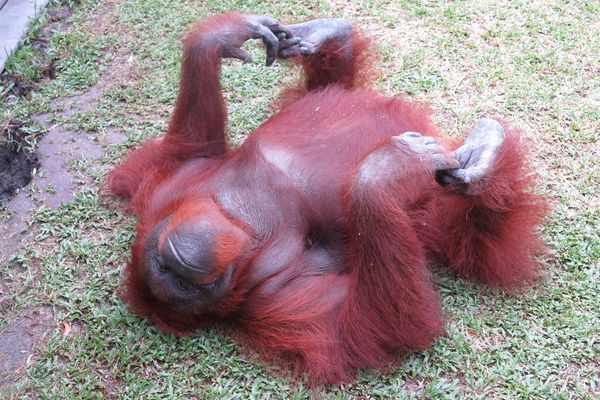
If you've resolved to live a healthier 2017, but gym membership and the local weight loss club are less than appealing, there are several dedicated spas in Asia where you can retreat for a week of focused detox. A host of nutritionists, fitness experts and therapists are on hand to guide you through a wellness programme designed to help you reach your health goals in the most effective way, with tips on how to maintain your new healthy lifestyle once you return home.
These are a few Selective Asia favourites: Bali’s COMO Shambhala Estate is entirely focused on wellbeing, with an on-site nutritionist, resident yoga teacher and Ayurvedic doctor, and is regularly voted one of the world’s best destination spas.
The Banjaran Hotsprings Retreat in Malaysia also offers a holistic approach and a variety of dedicated wellness programmes which range from 2 to 21 days. Besides the usual detox and weight loss focused programmes, Kamalaya, on the island of Koh Samui, offers a unique Sleep Enhancement program that’s designed to address sleep issues and re-establish healthy sleep. A week dedicated to sleeping – what’s not to like?
Digital Detox
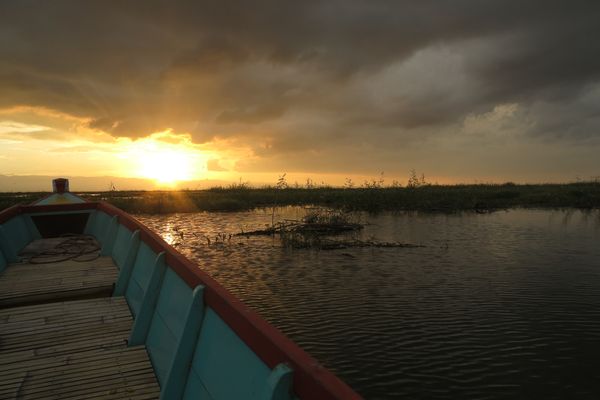
If it’s not the lure of edible and alcoholic treats that you need to escape, but the constant distraction of social media, emails and various electronic gadgets, there are still remote pockets of Asia where wi-fi is non-existent, enforcing that digital detox. The phrase ‘off-the-beaten-track’ is readily bandied about, but Sumba genuinely fits into this travel pigeon-hole. A world away from the well-trodden Indonesian holiday islands, one of Sumba’s main draws is its fascinating culture and mysterious tribal rituals, such as the construction of megalithic burial tombs on which animal sacrifices are performed. Sumba is not for those who can’t get by without home comforts: dining opportunities and evening entertainment are limited, and accommodation is on the basic side, but it provides a truly unique and incredibly rewarding experience.
Another destination in Indonesia where modern technology is yet to reach is the Tanjung Puting National Park, deep in Kalimantan. This dense ancient rainforest and its indigenous inhabitants (which include orang-utan, pygmy elephant and proboscis monkey) are best explored by klotok, a two-storey wooden river boat where air-con is a luxury, never mind 3G. Sailing away from civilisation (and wi-fi access) is also possible on a luxury sailing adventure through Myanmar’s Mergui Archipelago: 800+ remote and predominantly uninhabited islands off the south west coast. Pristine beaches and magical snorkelling opportunities will take your mind off the lack of internet access. The only problem being the inability to post enviable holiday snaps on social media! For another genuine escape, spend a few days at The Mudhouse in rural north west Sri Lanka. No electricity, outdoor showers, walls made of mud (literally), in the back of beyond, no air-con and miles away from civilisation as we know it… and we love it.
Family Time
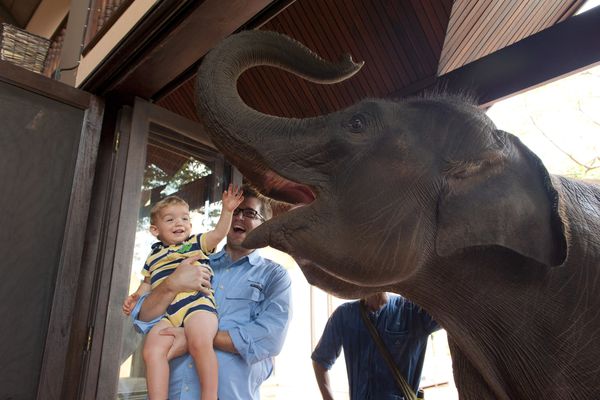
Maybe you vowed to spend quality time with your children in 2017, instead of whiling away hours glued to your tablet / smartphone / laptop / Netflix (delete as appropriate). There are some fantastically family friendly destinations, resorts and experiences throughout Asia that will educate and inspire them (and you!) Elephant Hills, in Thailand’s Khao Sok National Park, has to be our top pick for families (in fact several of the SA team have visited with their children). Not only do you get to sleep under canvas (albeit in a deluxe tent) listening to the sounds of the surrounding jungle, but you also have the opportunity to learn about, bathe and feed the resort’s well-cared-for Asian elephants.
In terms of whole countries with family appeal, we particularly recommend Sri Lanka. Boasting plentiful wildlife which is easily accessible, endless stretches of sandy beach, and favourable weather conditions to fit in with most school holiday periods, it really ticks all the boxes. A holiday in Sri Lanka is also remarkably good value for money. More expensive, but equally suitable for a family holiday is Malay Borneo.
Kids love wildlife-spotting from a boat along the Kinabatangan River, getting up close to orang-utans at the Sepilok Orang-utan Sanctuary, and the thrill of staying overnight with a head-hunter tribe in Sarawak. The best time of year to visit Malay Borneo, weather-wise, is May to September, which fits perfectly with school summer holidays, although accommodation and flights are busy at this time, so it’s worth booking in advance.
Be more active
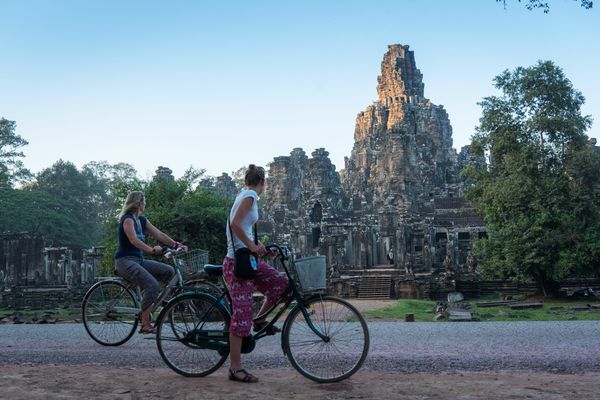
Kick start your year of activeness by climbing Mt. Kinabalu in Malay Borneo, or Mt. Rinjani, the second highest mountain in Indonesia. Or if two wheels are more appealing, check out our Cambodia Cycling Adventure; the daily cycling distances may seem ambitious, but the terrain is pretty straightforward and there’s a back-up vehicle if your legs need a break.
If these sound too challenging, why not walk a section of the Nakasendo Way in Japan, following in the footsteps of Samurai warriors and shogun lords who used this stone road to travel between important towns during the Edo period. Travel to Phongsali, a remote mountainous region in northernmost Laos, and trek amongst the hilltribe villages; paddle a kayak along the Mekong River near Luang Prabang, or on Cambodia’s Tonle Sap Lake, or even hit the slopes in northern Japan’s ski resorts of Sapporo and Niseko. Whatever your fitness levels or interests, it’s easy to add an element of activeness into your Selective Asia holiday.
A year of giving
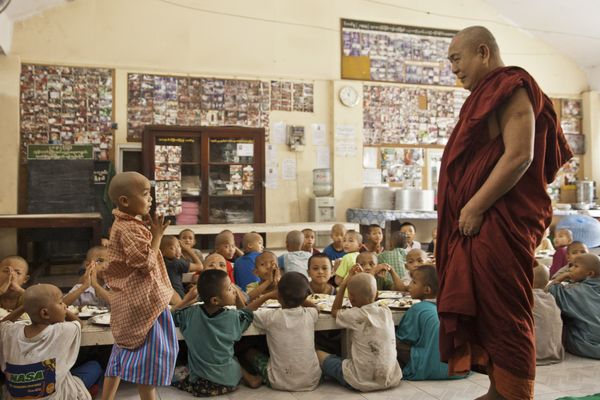
‘Volunteering’ and ‘giving more to charity’ are popular New Year's resolutions and are probably inclusions on your 2017 list. This a straightforward box to tick off during a Selective Asia holiday, where even the simple act of dining in a local restaurant can be a charitable gesture. Eateries such as the well-known Friends restaurant in Phnom Penh, LinkAge Restaurant in Yangon and Khaiphaen in Luang Prabang (to name but a few) provide vocational training for disadvantaged youths to help them get off the streets and into the world of work, and simply by eating in these restaurants you’re encouraging and supporting them.
Worthwhile community tourism projects can be found throughout the region, and will offer you an insight into local life as well as providing monetary support for the locals. Close to Phnom Penh, in the village of Daem Po you’ll find the ‘Rice Bank Project’. Founded in 1997 with the assistance of an NGO, the aim of the project is to help the poorest farmers with their annual rice harvest through the provision of good quality seeds.
Today the ‘Rice Bank’ is sustained independently by the community who also operate several community-based tourism services, with the profits going directly back into the village. Visits can range from just a few hours, to several nights staying with a local family. In Loikaw, the remote capital of Myanmar’s Kayah State, the International Trade Centre are working closely with sections of the community to encourage responsible tourism projects and social enterprise.
Stay two or three days and you can try your hand at Kayah sausage making, jam with local musicians playing traditional music, learn how to wear the traditional dress and watch natural dyeing in Loikaw’s weaving centre.
Today, few books are available in Laos and they rarely reach the rural villages and the children that need them most. Big Brother Mouse is a locally run project in Luang Prabang committed to changing this by publishing books that help to make it fun and easy to learn to read. One means of circulating these books is reliant upon visitors to help with their distribution. If you visit Luang Prabang be sure to pop into the Big Brother Mouse shop to select some books, which the project or your Selective Asia guide will be happy to distribute on your behalf.
by Gemma on 6th January 2017